How to Choose the Right Country for Your Nose Surgery
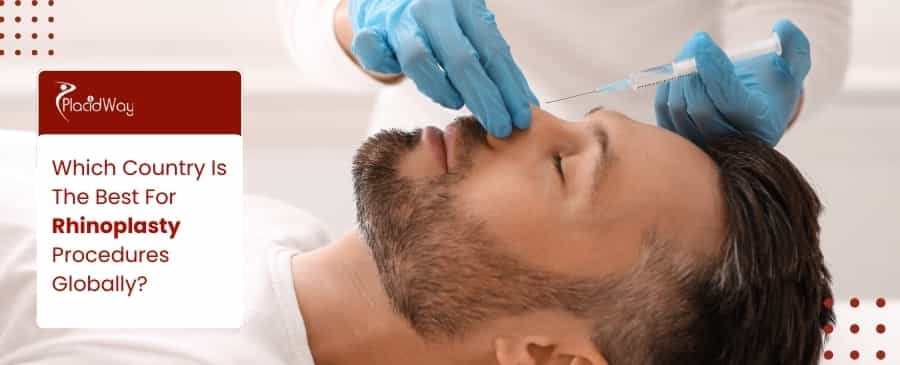
Many people dream of refining their nose shape, whether to correct breathing issues, address a past injury, or achieve a more balanced appearance. The quest often begins with asking: "Which country offers the best rhinoplasty procedures?" This question, while seemingly straightforward, opens up a complex web of considerations.
Whether you're prioritizing cutting-edge technology, significant cost savings, or a surgeon specializing in a particular nose shape, knowing where to look and what to consider is your first step. We will delve into key questions that prospective patients frequently ask, providing precise answers and detailed explanations to illuminate your path toward a successful nose job experience.
Which Countries Are Renowned for High-Quality Rhinoplasty Surgeons?
Several countries have established formidable reputations for excellence in rhinoplasty procedures, drawing patients from across the globe. These destinations often boast a combination of highly skilled surgeons, cutting-edge technology, and a deep understanding of aesthetic principles. Here's a look at some of the top countries:
- South Korea: Often considered the capital of cosmetic surgery, South Korea is particularly renowned for its expertise in ethnic rhinoplasty and revision rhinoplasty. Surgeons here are masters of intricate techniques, catering to diverse facial structures, especially Asian features. The country emphasizes natural-looking results and has numerous clinics equipped with advanced technology.
- Turkey: Istanbul, in particular, has emerged as a powerhouse in medical tourism, especially for rhinoplasty. Turkey offers a compelling blend of highly experienced surgeons, state-of-the-art facilities, and significantly more affordable prices compared to Western countries. Many Turkish surgeons perform a high volume of nose jobs, leading to refined skills and specialized expertise.
- Germany: Known for its rigorous medical training and high standards, Germany is a top choice for patients seeking precision, safety, and meticulous surgical approaches. German surgeons are respected for their conservative yet effective techniques, focusing on both aesthetic enhancement and functional improvement in nose jobs.
- United States: The U.S. remains a leader in plastic surgery, with many of the world's most innovative and experienced rhinoplasty surgeons. While often more expensive, patients benefit from strict regulations, advanced medical research, and a wide array of specialized techniques. Major cities like New York, Los Angeles, and Miami are hubs for top surgeons.
- Colombia: Particularly Medellín, has gained recognition for its skilled plastic surgeons and competitive pricing, making it an attractive option for medical tourists, especially from North America. Colombian surgeons are known for delivering excellent results in various rhinoplasty techniques, combining artistic flair with medical precision.
How Does Rhinoplasty Cost Vary Across Top Global Destinations?
Here's a general overview of rhinoplasty costs in popular global destinations (these are estimates and can vary widely):
| Country | Estimated Cost Range (USD) | Factors Influencing Cost |
|---|---|---|
| United States | $8,000 - $15,000+ | High surgeon fees, advanced facilities, stringent regulations, high cost of living. |
| Western Europe (e.g., UK, Germany, France) | $7,000 - $12,000+ | Experienced surgeons, high-quality facilities, similar cost structures to the US. |
| South Korea | $5,000 - $10,000 | Specialization in ethnic rhinoplasty, high demand, state-of-the-art clinics. |
| Turkey | $3,000 - $6,000 | Competitive medical tourism market, high volume of procedures, lower operating costs. |
| Colombia | $3,500 - $7,000 | Skilled surgeons, lower cost of living and medical overheads, popular for medical tourists. |
What is the Typical Recovery Timeline After Overseas Rhinoplasty?
Understanding the recovery timeline for a rhinoplasty procedure is crucial, especially when undergoing the surgery abroad. Planning for an adequate recovery period in your chosen destination and upon returning home ensures optimal healing and results for your nose job.
For international patients, it's particularly vital to plan for sufficient time in the host country for the initial critical recovery period and follow-up appointments. Discuss the post-operative care plan with your surgeon, including how remote follow-ups will be handled once you return home.
Ready to explore your options for rhinoplasty or other medical procedures abroad? Visit PlacidWay to connect with top-rated clinics and surgeons worldwide and discover tailored medical tourism solutions that meet your needs.


.png)
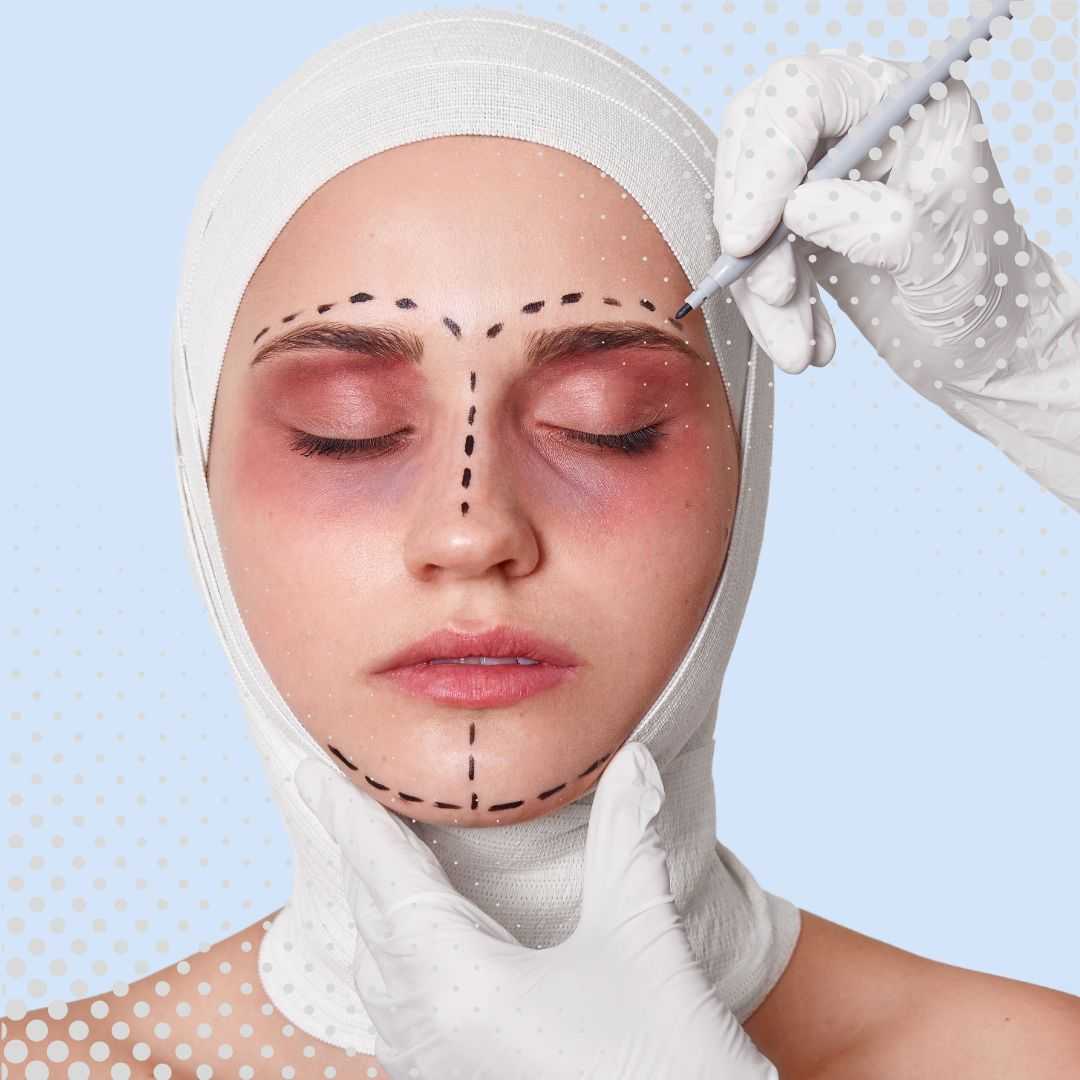


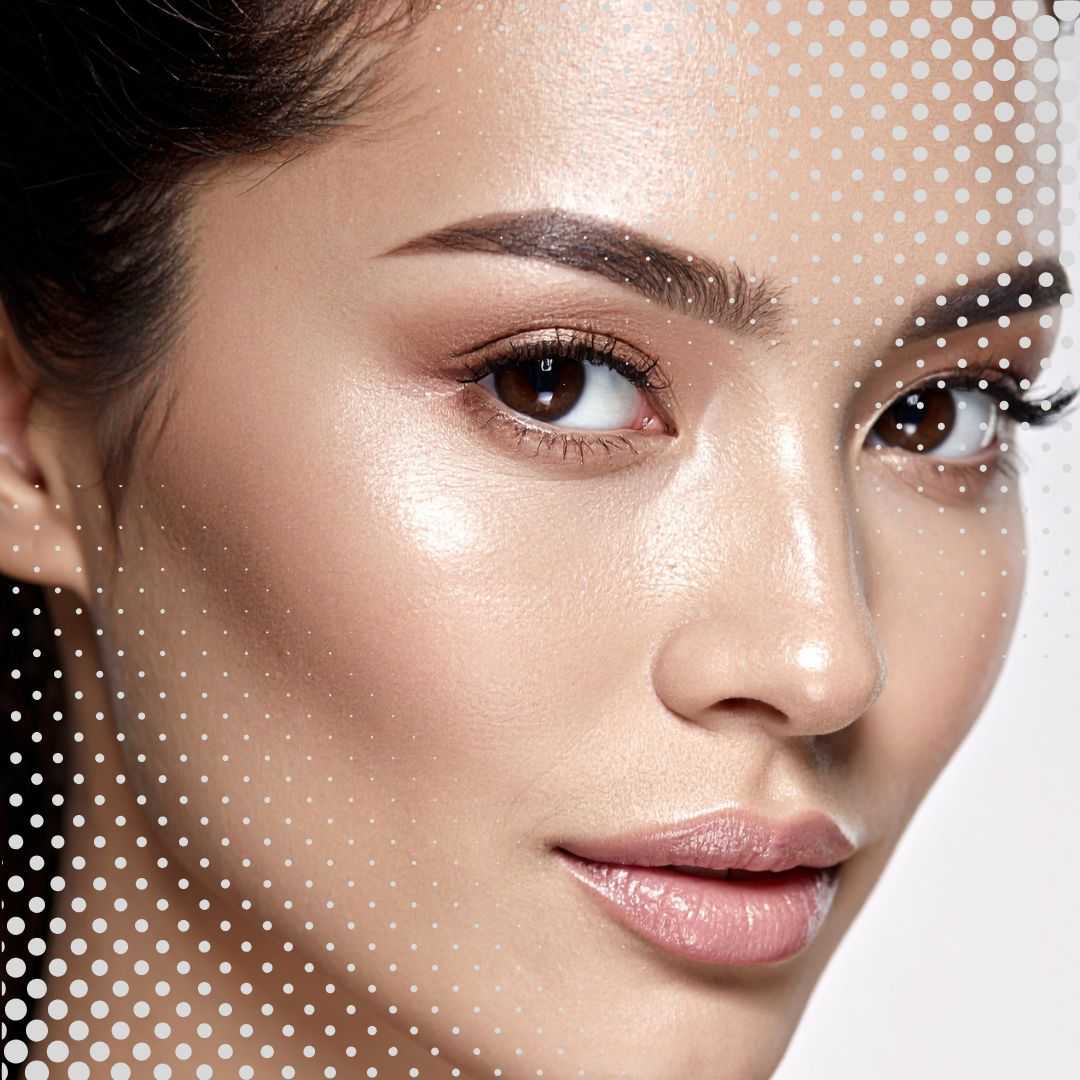
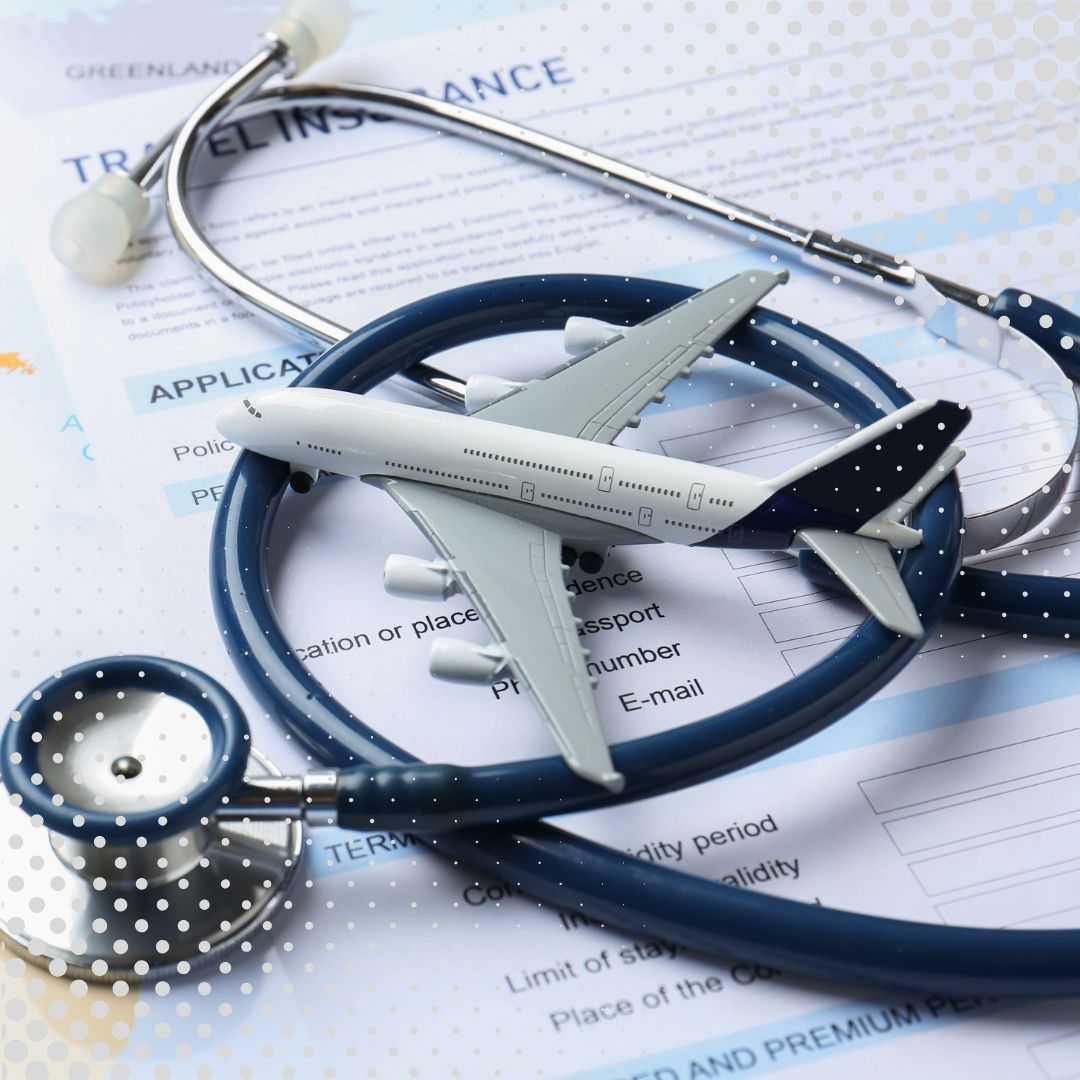
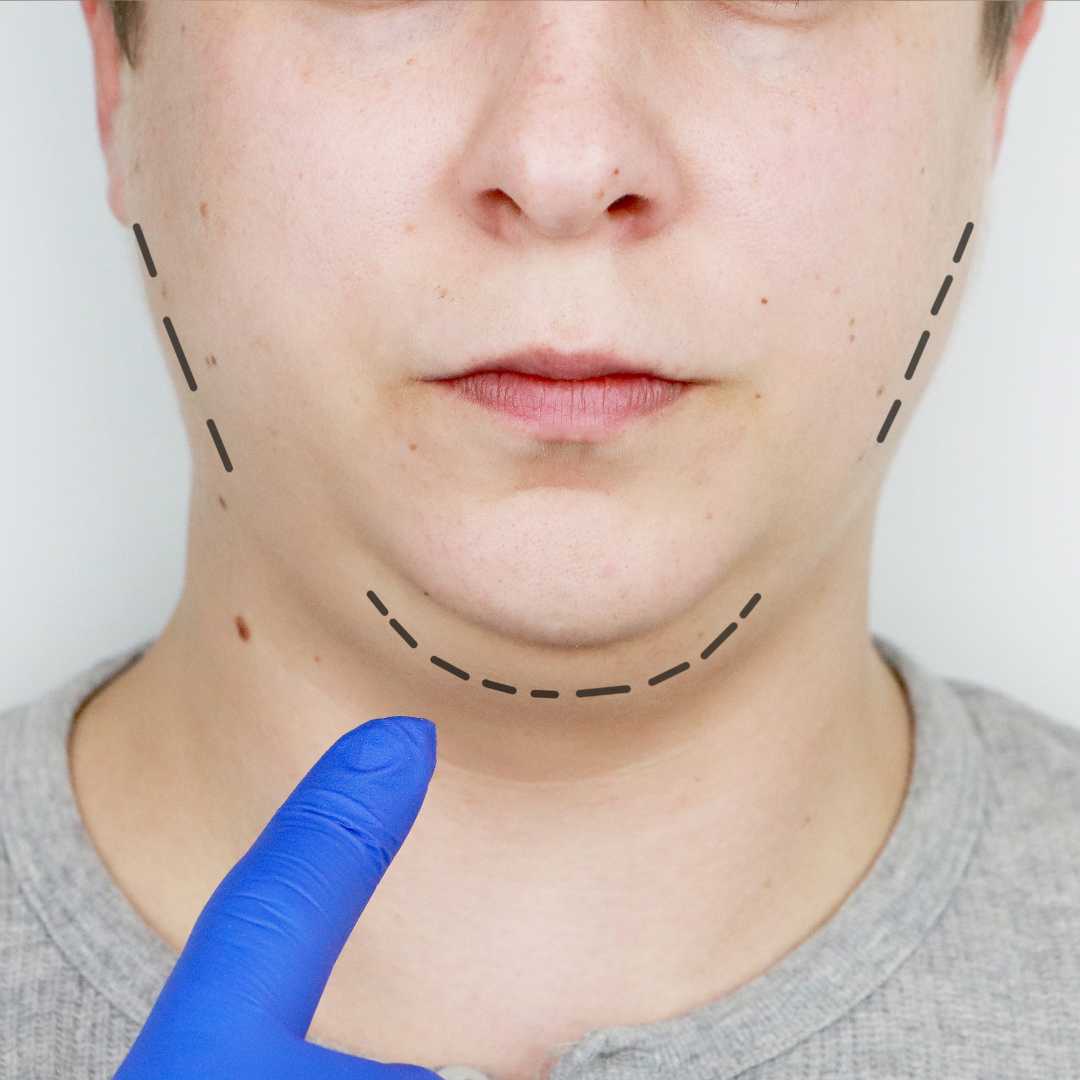



Share this listing